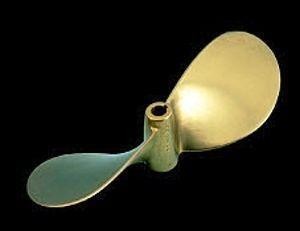Hi,
On my Hunter 45CC, the factory saw fit to insert a solenoid between the house and starter battery banks. The solenoid is energised by wire running from the start key in the cockpit.
So ... this means that whenever you are starting or running the engine, you have both batteries combined. Sort of defeats the object of a separate start battery, but there you go ...
This means that the 80A alternator is permanently trying to charge both the start and house batteries. However ... whilst the start battery is a regular AGM, the house bank is specified as a 2 x 4D Gels. We all know that Gels need special voltage regulation to avoid frying them so I don't see that a regular Hitachi IC regulated alternator on the engine is going to do them any good at all.
Anyone else see this as a problem or figured out a work-around?
BTW, the genius that designed the AC panel decided that no AC can flow round the boat until the relays in the panel are energised by 12V. If the batteries are flat, you don't have 12V to energise them, hence you can't use the 120V battery charger to charge the batteries and therefore you can't get the AC to come on ....... <repeat>
On my Hunter 45CC, the factory saw fit to insert a solenoid between the house and starter battery banks. The solenoid is energised by wire running from the start key in the cockpit.
So ... this means that whenever you are starting or running the engine, you have both batteries combined. Sort of defeats the object of a separate start battery, but there you go ...
This means that the 80A alternator is permanently trying to charge both the start and house batteries. However ... whilst the start battery is a regular AGM, the house bank is specified as a 2 x 4D Gels. We all know that Gels need special voltage regulation to avoid frying them so I don't see that a regular Hitachi IC regulated alternator on the engine is going to do them any good at all.
Anyone else see this as a problem or figured out a work-around?
BTW, the genius that designed the AC panel decided that no AC can flow round the boat until the relays in the panel are energised by 12V. If the batteries are flat, you don't have 12V to energise them, hence you can't use the 120V battery charger to charge the batteries and therefore you can't get the AC to come on ....... <repeat>

